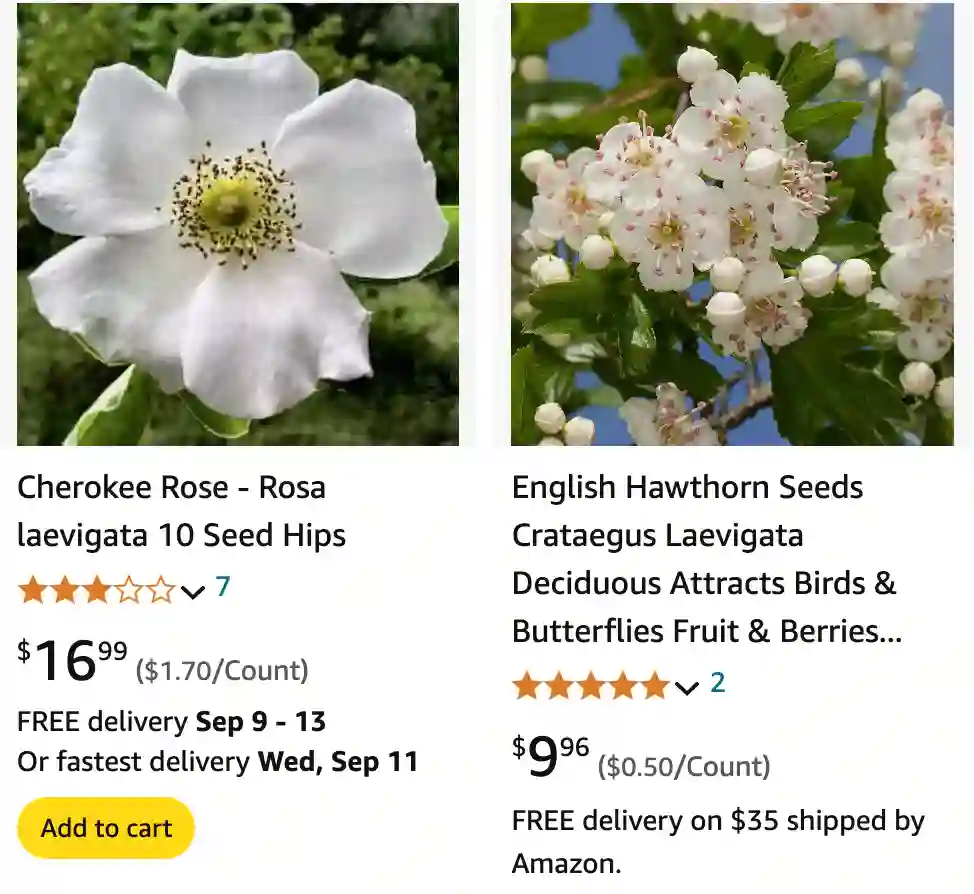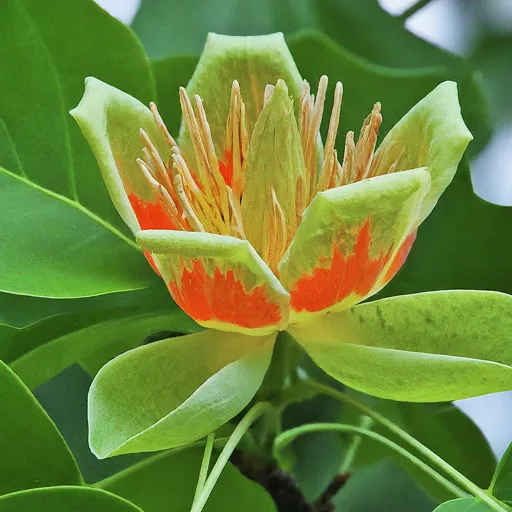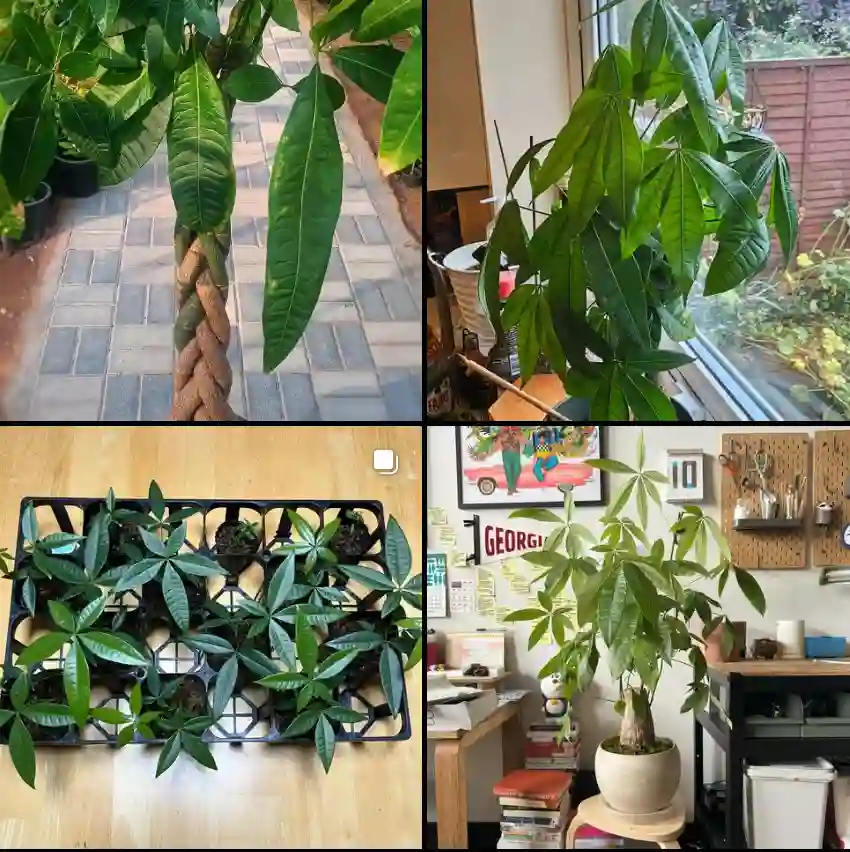
FAQs About Rosa Laevigata
Rosa Laevigata, commonly known as the Cherokee Rose, is a fascinating plant with a rich history and many unique characteristics. I’ve had the pleasure of growing and studying this beautiful rose, and I’m excited to share some of the most frequently asked questions about it. Whether you’re curious about its origins, care requirements, or other details, you’ll find answers to your questions here.
391 Species in Genus Rosa
What Is Rosa Laevigata?
Rosa Laevigata is a species of rose known for its climbing habit and its ability to spread vigorously. This rose can grow up to 20 feet or more, making it an excellent choice for covering fences, trellises, and arbors. It belongs to the Rosaceae family, which includes other roses, as well as plants like apples and strawberries. Unlike many modern hybrid roses, Rosa Laevigata has a more natural, wild appearance and is highly resistant to diseases.
How Did Rosa Laevigata Get to Georgia?
The story of how Rosa Laevigata made its way to Georgia is quite interesting. Originally, this rose is native to China and Southeast Asia. It was introduced to the United States in the late 18th century. The plant quickly adapted to the southern climate, and its beauty did not go unnoticed. In the early 1800s, the Cherokee Indians began to cultivate Rosa Laevigata, which led to its common name, the Cherokee Rose. The plant became so well-associated with the region that it was eventually named the state flower of Georgia.
What Color Is the Rosa Laevigata?
One of the most striking features of Rosa Laevigata is its beautiful white flowers. The blossoms are typically a pure, pristine white with a cluster of bright yellow stamens at the center. Each flower can grow up to 3 inches in diameter, creating a stunning contrast against the plant’s glossy, dark green leaves. The simplicity and elegance of the white petals make it a favorite for many gardeners.
How to Care for Rosa Laevigata?
Caring for Rosa Laevigata is relatively easy, which is one reason why it’s popular among gardeners. Here are some key care tips:
- Sunlight: Rosa Laevigata thrives in full sunlight. It needs at least 6 hours of direct sun each day to bloom well.
- Soil: Well-draining soil is essential. While this rose can tolerate poor soil, it prefers loamy, slightly acidic conditions.
- Watering: This plant is drought-tolerant once established, but regular watering will encourage more abundant flowering. Water deeply, but allow the soil to dry between waterings.
- Pruning: Prune after flowering to shape the plant and remove dead or diseased wood. This will also help control its vigorous growth.
How to Propagate Rosa Laevigata?
Rosa Laevigata can be propagated through both seeds and cuttings, though cuttings are generally the preferred method. Here’s a simple way to propagate using cuttings:
- Choose a Healthy Stem: Select a healthy, non-flowering stem that is about 6-8 inches long.
- Cut and Prepare: Cut the stem just below a node. Remove the lower leaves, leaving a few at the top.
- Rooting Hormone: Dip the cut end into rooting hormone to encourage root development.
- Planting: Plant the cutting in a pot filled with a well-draining potting mix. Keep the soil moist and place the pot in a warm, sunny location.
- Wait and Transplant: Roots should develop in a few weeks. Once the plant is established, it can be transplanted to a garden location.
Can You Grow Rosa Laevigata Indoors?
While Rosa Laevigata is primarily an outdoor plant, it is possible to grow it indoors if you have enough space and a very sunny location. This rose needs a lot of light, so placing it near a south-facing window is ideal. Indoor cultivation will also require regular pruning to manage its size and shape.
Is Rosa Laevigata Toxic?
Rosa Laevigata is not known to be toxic to humans or pets, making it a safe choice for gardens where children and animals are present. However, like many plants with thorns, it should be handled with care to avoid scratches and injuries.
Common Problems with Rosa Laevigata
Even though Rosa Laevigata is resistant to many common rose diseases, it can still face some issues:
- Pests: Aphids and spider mites may occasionally infest the plant. Regular inspection and natural insecticides can help manage these pests.
- Mildew: In humid conditions, mildew can sometimes be a problem. Ensure good air circulation around the plant to prevent this.
- Thorns: The plant’s thorny nature can be a hazard, so it’s essential to handle it with care, especially when pruning or training it.
What to Plant with Rosa Laevigata?
Rosa Laevigata pairs beautifully with other climbing plants such as clematis, which can provide a contrasting color. Ground covers like vinca or ivy can also complement its climbing habit by covering the base, which sometimes looks sparse. Additionally, planting with other drought-tolerant perennials can create a cohesive and low-maintenance garden.
Benefits of Rosa Laevigata
Rosa Laevigata offers several benefits beyond its aesthetic appeal:
- Wildlife Attraction: Its flowers attract bees and other pollinators, making it beneficial for local ecosystems.
- Erosion Control: The plant’s vigorous growth can help stabilize soil and prevent erosion on slopes and embankments.
- Cultural Symbolism: As Georgia’s state flower, Rosa Laevigata holds cultural and historical significance, representing the resilience and beauty of the region.
Comparing Rosa Laevigata with Similar Plants
Rosa Laevigata is often compared to other climbing roses, like Rosa Multiflora and Rosa Banksiae. While these roses share a similar growth habit, Rosa Laevigata stands out due to its larger, showier flowers and its historical connection to the southeastern United States. Rosa Multiflora has smaller, clustered flowers, and Rosa Banksiae lacks thorns, making it a less prickly option.
In conclusion, Rosa Laevigata is a remarkable plant with a rich history, beautiful blooms, and many practical benefits. Whether you’re a seasoned gardener or a beginner, this rose can add charm and elegance to your garden, all while being relatively easy to care for.
If i die, water my plants!



